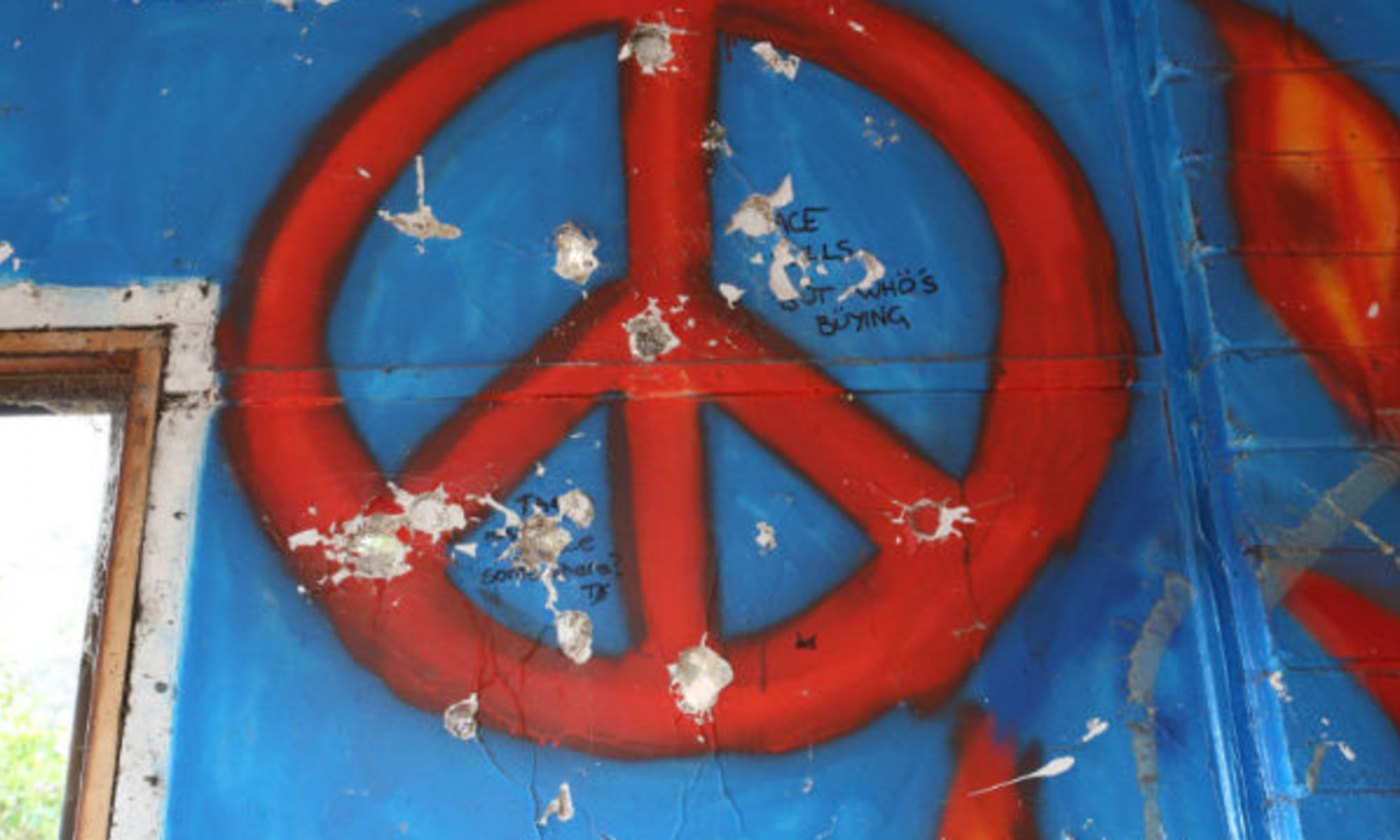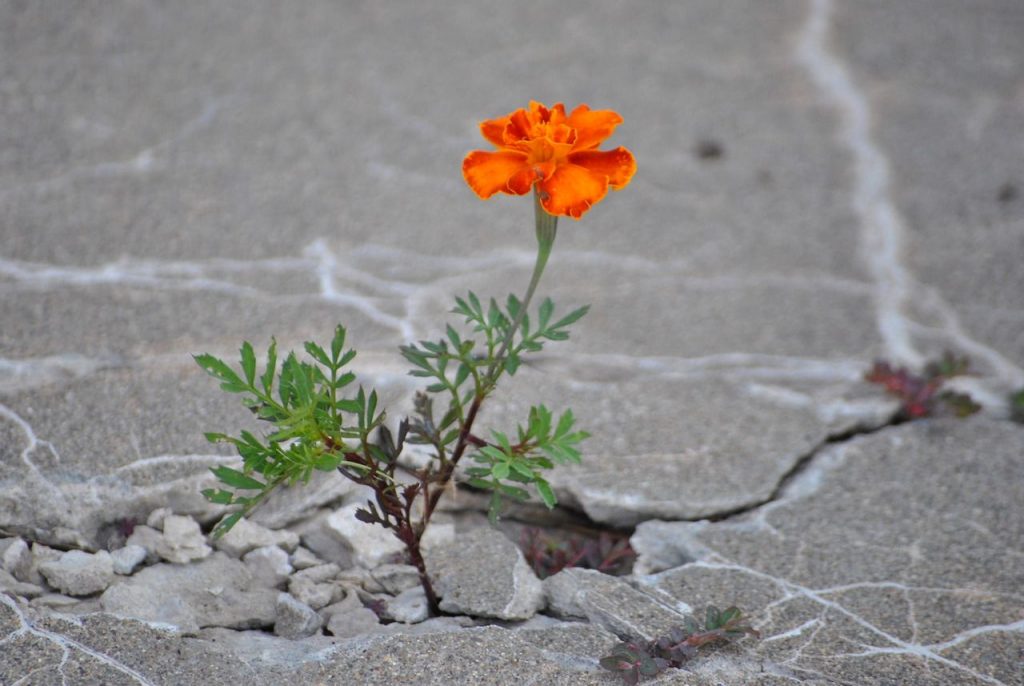By Terah Clifford

During one of the sessions centered around building peace education, we were asked to create a curriculum that would incorporate peacebuilding principles into mainstream education curriculums. Earlier in the session, we talked about how the current curriculum is so focused on the various wars and conflicts that plague our history and how devoting time to this mainly focusing on wars takes time away from students’ ability to learn about other historical events. The point was made that focusing on wars creates a feeling of fear as students are told that in order to keep another world war from happening they need to be aware and learn as much as they can so they do not repeat past mistakes. This leads students to an awareness of what armies do and how they protect national interests, which in turn causes students to choose to vote to continue funnelling money towards the military and the defense budget. I can honestly say this is quite a new perspective for me. While I know education shapes our opinions, I never thought about the connection between learning about historical wars and the worldview this gives students. Despite this view, I am hesitant to completely embrace focusing less on wars in our curriculum. So much of human history happened as a result of conflict, so it is honestly hard for me to imagine a history class that does not focus on wars. But I am intrigued by the idea, and by the time we finished discussing our curriculum, I had a new perspective on what it would look like to incorporate peacebuilding into student’s everyday experiences.
When it came time to plan our curriculum, it turns out that two of the three groups chose Salinas as their city of focus. Our team initially talked about several overseas countries before deciding on Salinas. We chose this because it is an area that is familiar to everyone in our group as we thought it would be unfair to focus on a city or country that only a few people in our group were familiar with. Even this seemingly small decision reminded me that principles can be applied to many situations, so sometimes the exact location is less important than the act of brainstorming ideas that can then be adapted to other situations.
Our target audience was high school students, so for our formal curriculum components, we decided to incorporate a foundations of peace class in student’s freshman year to give them vocabulary and concepts relating to peace for their first year. After that, we would start incorporating peace principles into the various subjects, such as English, history, science, etc. We chose to call our curriculum Mainstream Peace because the principles reminded us of what we learned in our session on gender mainstreaming. Our informal components focused on community engagement because we believe that national peace has to have a strong foundation on a local level. You cannot have peaceful nations without peaceful cities. Peace starts at the personal and local level, which is why incorporating peacebuilding into core education for young people is the first step in bringing peace on a larger scale.














